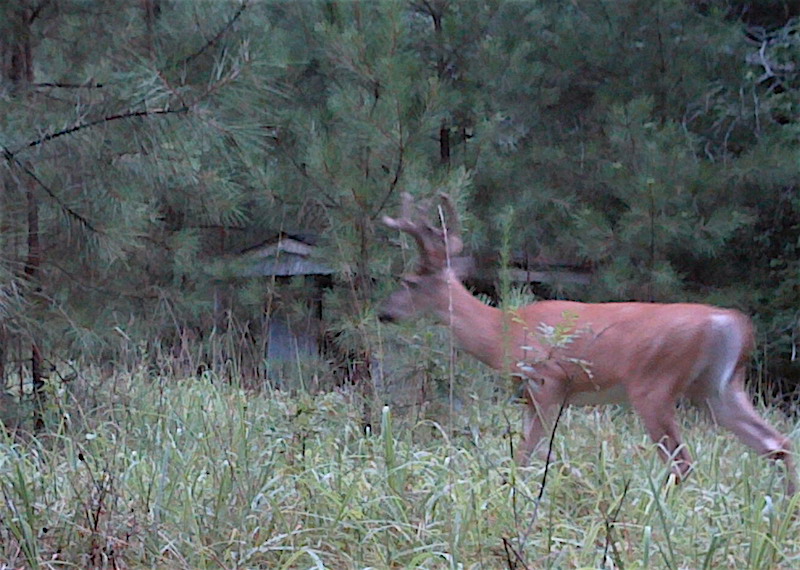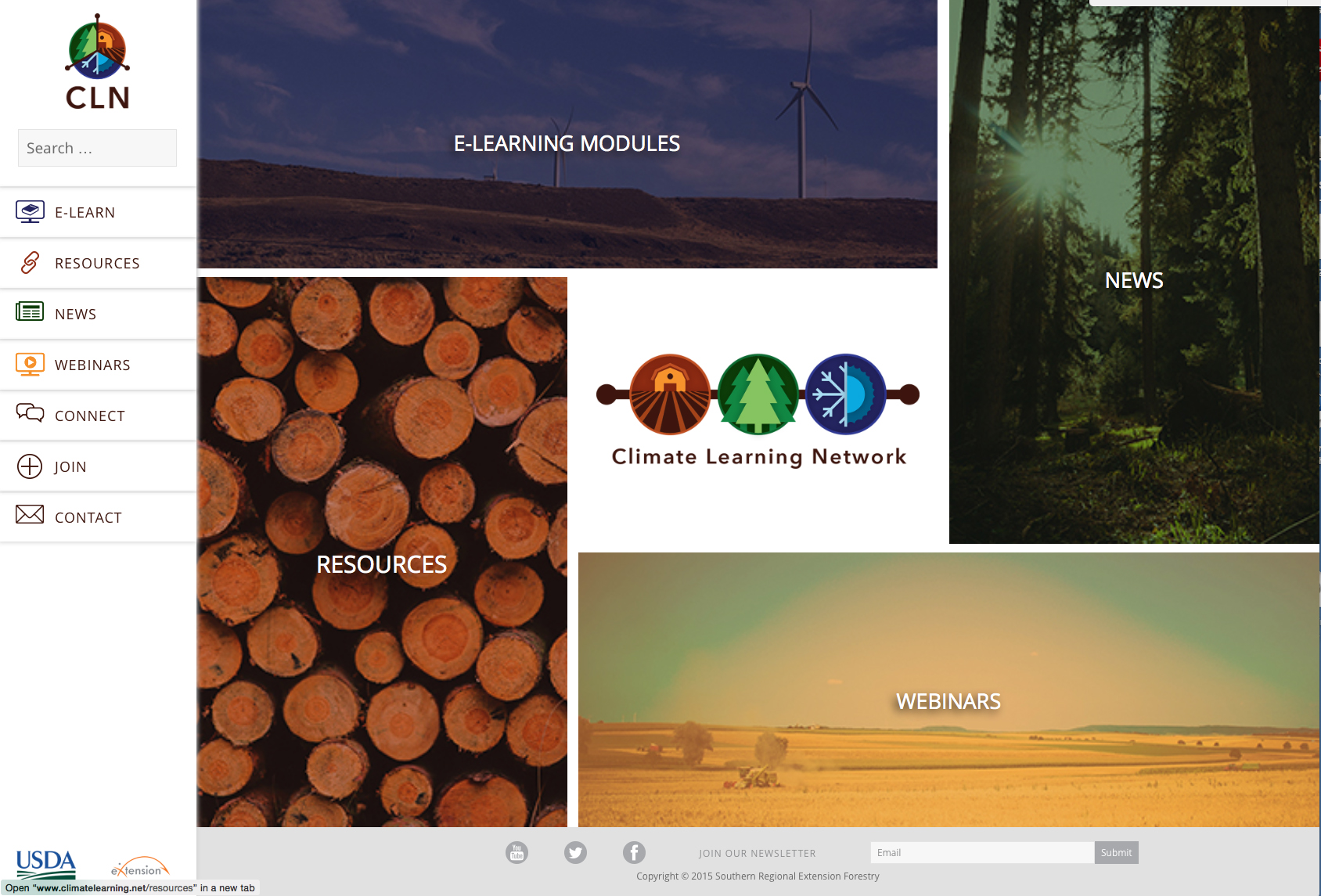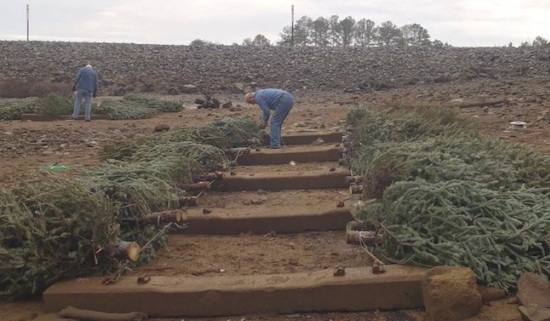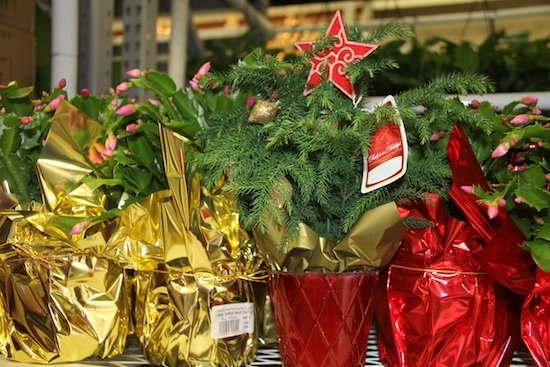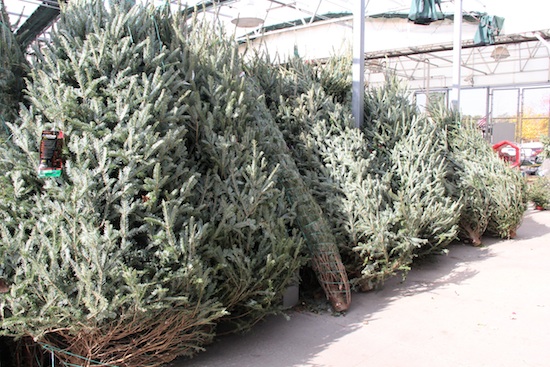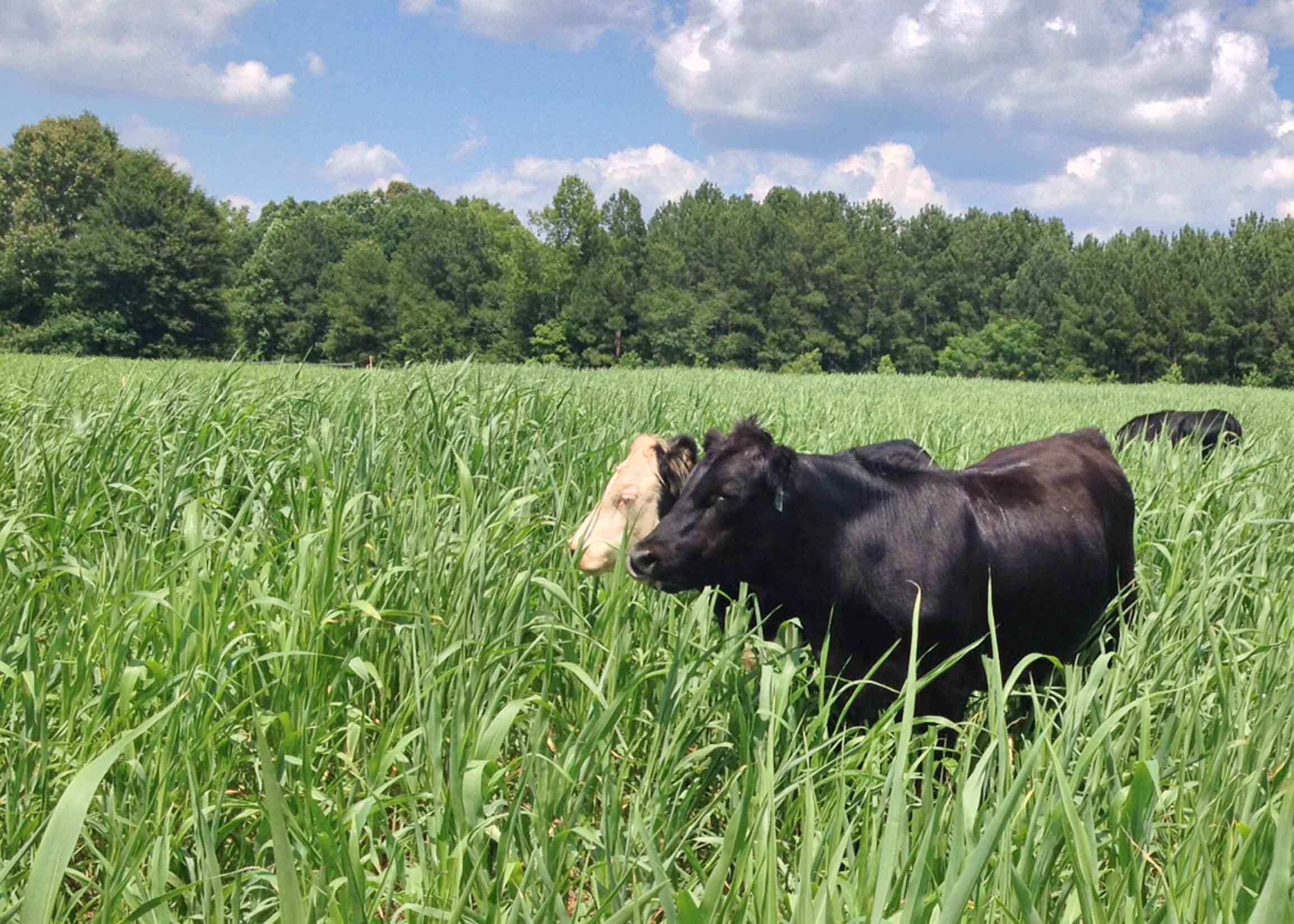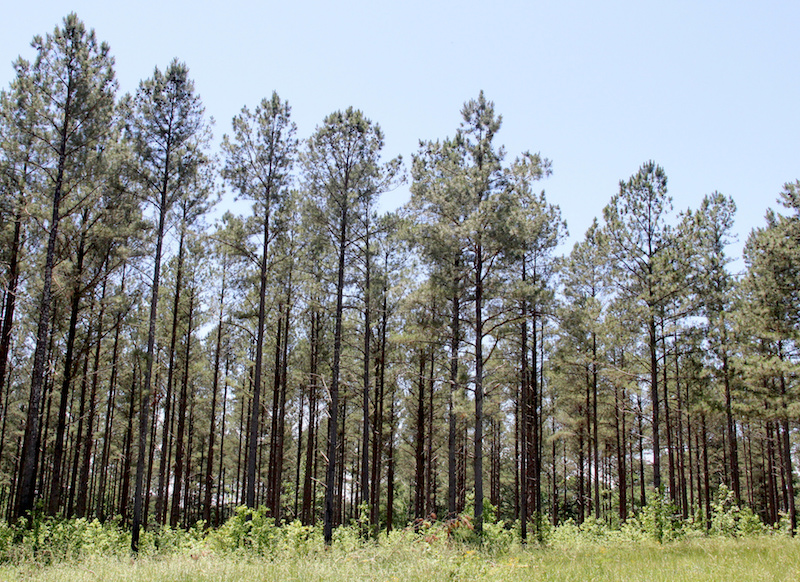 CAES News
CAES News
Timber Stands
A forested stand with fewer quality trees is often healthier than a forested stand with a greater density. Small-acreage landowners should consider using the Timber Stand Improvement Method.

